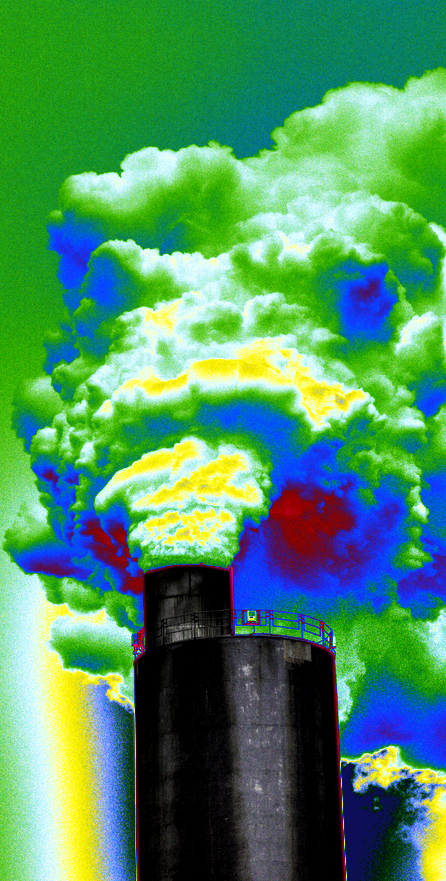Carbon capture value boost
 Australian engineers are working on new methods to capture CO2 and turn it into useful products.
Australian engineers are working on new methods to capture CO2 and turn it into useful products.
The International Energy Agency recently cited carbon capture and storage as a strategy that can help keep global emissions low enough to limit global warming to 1.5°C by 2050. However, captured carbon currently has little economic value, reducing the incentive for companies to invest in this technology.
Local engineers are addressing this issue by designing advanced electrolysers – machines using electricity to convert captured CO2 into the building blocks of common everyday materials, from plastic to lycra.
This helps create a market for captured carbon, while also providing a low-carbon alternative to fossil fuel-based manufacturing processes used today.
Unlike previous systems, the team’s latest design can be run under strongly acidic conditions, which reduces undesired reactions and enhances overall efficiency.
“Our research differs to previous approaches. Instead of choosing between an efficient use of electricity or efficient use of carbon, we do both,” said Dr Fengwang Li, from the University of Sydney.
“This electrolyser enables the creation of high-value products such as ethylene.”
Ethylene is the most commercially produced organic compound in the world, used across many industries, including in metal fabrication and the manufacture of medical devices.
Dr Li and the team's electrolyser utilises captured CO2, which flows over a solid catalyst through which electricity is supplied.
“Previous systems operated in alkaline or neutral conditions, meaning most of the CO2 was wasted, and would be converted into carbonate instead. By contrast, our process, using high acidity, retains CO2 at rates of up to 70 percent,” said Dr Li.
The researchers say while the carbonate can be extracted, converted into CO2 and fed back into the electrolyser, doing so is energetically costly. The team’s calculations show more than half of the energy consumed by the overall system would be spent on recycling the carbonate in this way.
Previous systems typically utilised less than 15 percent of the available CO2, losing the rest to carbonate. The new system utilises about 77 percent of available CO2, with more than 50 percent being converted to multi-carbon products.
There are still hurdles to be overcome before this system can be scaled up to an industrial level, including the stability of the catalyst when its size is increased and the need for even further energy savings.
More details are accessible here.







 Print
Print